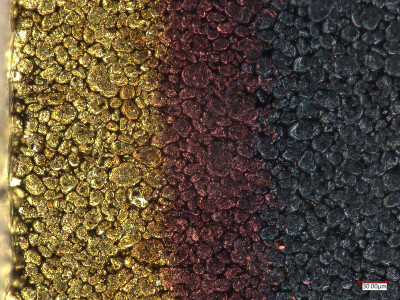News
Study that promises faster charging of electric vehicles published in Nature Communications
31 August 2023

A new study led by Dr Xuekun Lu has found a way to prevent lithium plating in electric vehicle batteries, which could lead to faster charging and safer electric cars. The paper has been published in Nature Communications.
Lithium plating is a phenomenon that can occur in lithium ion batteries during fast-charging. It occurs when lithium ions build up on the surface of a battery's negative electrode instead of intercalating into it, forming a layer of metallic lithium that continues growing. This can damage the battery, shorten its lifespan, and cause short-circuits that can lead to fire and explosion.
"Our research has revealed that the lithiation mechanisms of graphite particles vary under distinct conditions, depending on their surface morphology, size, shape and orientation. It largely affects the lithium distribution and the propensity of lithium plating" said Dr Lu.
“Assisted by a pioneering 3D battery model, we can capture when and where lithium plating initiates and how fast it grows. This is a significant breakthrough that could have a major impact on the future of electric vehicles.”
In the paper, the research team explains that lithium plating can be significantly mitigated by optimizing the microstructure of the graphite negative electrode. The graphite negative electrode is made up of randomly distributed tiny particles. Fine-tuning the particle and electrode morphology for a homogeneous reaction activity and reduced local lithium saturation is the key to suppressing lithium plating, and improving the battery's performance.
The study, carried out in collaboration with a team of researchers from the UK and USA, also found that refining the microstructure of the graphite electrode can improve the battery's energy density. This means that electric cars could travel further on a single charge.
These findings are a major breakthrough in the development of electric vehicle batteries. They could lead to faster-charging, longer-lasting, and safer electric cars, which would make them a more attractive option for consumers.
| Contact: | Xuekun Lu |
| Email: | xuekun.lu@qmul.ac.uk |
| Website: | |
| People: | |
| Research Centre: |
Updated by: Xuekun Lu

